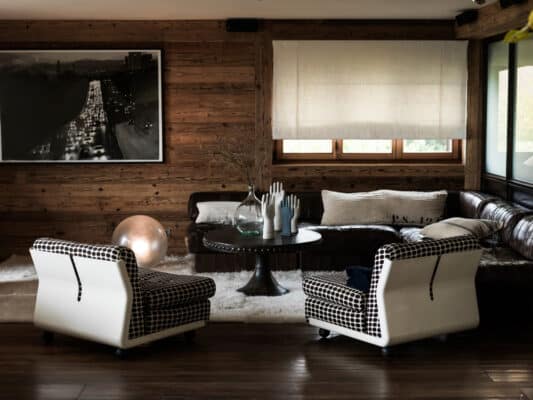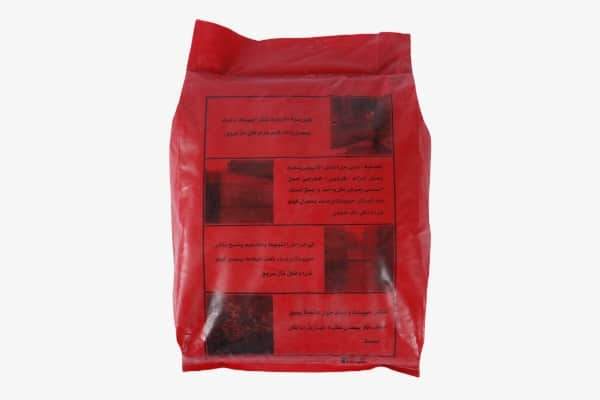Cement Board: A Comprehensive Guide to Sizes and Uses
Cement board is considered one of the essential materials in modern architectural projects due to its strength and resistance to moisture and fire. In this comprehensive guide, we will explore the common sizes , various applications , the difference between Cement Sheets and gypsum board , as well as important installation tips .
1. Cement Board Sizes
Cement boards are available in various sizes and thicknesses to meet the diverse needs of construction projects. Below are the most common sizes:
| Description | Dimensions (in inches) | Dimensions (in centimeters) | Thickness |
|---|---|---|---|
| Small Size | 3×5 feet | 0.91×1.52 meters | ¼ to ½ inch (6.35-12.7 mm) |
| Large Size | 4×8 feet | 1.22×2.44 meters | ¼ to ½ inch (6.35-12.7 mm) |
Note: Custom sizes can be requested based on project requirements.
2. Main Applications of Cement Board
Thanks to its unique properties, Cement Sheets is used in a variety of applications, including:
- Tile Installation Substrate:
Used in bathrooms and kitchens as a moisture-resistant base layer before installing ceramic tiles or other types of flooring. - Exterior Facades:
Installed on external walls to enhance resistance to weather conditions such as rain and wind. - Soundproof Walls:
Contributes to building strong interior walls with noise insulation properties. - Heavy-Duty Flooring:
Used as a base for tile or natural stone flooring in high-traffic areas. - Suspended Ceilings:
Provides a smooth surface for installing gypsum or wooden ceilings.

3. Difference Between Cement Board and Gypsum Board
Although there are some similarities in usage between Cement Sheets and gypsum board, there are key differences:
| Criteria | Cement Board | Gypsum Board |
|---|---|---|
| Resistance | Water and fire resistant | Not resistant to moisture |
| Weight | Heavier (twice the weight) | Lighter |
| Installation | Requires special tools (carbide saw) | Easy to cut and install |
| Applications | Exterior and interior (moisture-prone areas) | Interior only (walls and ceilings) |
4. Tips for Installing Cement Board
To ensure proper and safe installation, follow these important tips:
- Weight: Requires two people to handle during installation due to its heaviness.
- Tools: Use a carbide-tipped saw to avoid cracking.
- Installation: It is recommended to pre-drill holes to facilitate screw installation.
- Safety: Wear gloves and protective goggles to safeguard your hands and eyes.
Quote:
According to American Standard Specifications (ASTM C1328) , cement board should have a moisture content of no more than 10% to ensure long-term durability.
5. Advanced Applications
- Kitchen Countertops:
Used as a base for heat- and scratch-resistant work surfaces. - Prefabricated Homes:
Utilized in constructing pre-made units due to its strength and ease of shaping. - Sloped Ceilings:
Installed in exposed areas such as rooftops or balconies.

Frequently Asked Questions (FAQ)
1. Can cement board be used in bathrooms?
Yes, it is an ideal choice for areas like bathrooms and kitchens due to its moisture resistance.
2. What is the cost difference between cement board and gypsum board?
Cement Sheets is 30-40% more expensive, but it offers higher durability in the long term.
3. Does cement board require regular maintenance?
It does not require special maintenance, but it is advisable to inspect it periodically in areas with high humidity.
Summary Table
| Title | Details |
|---|---|
| Raw Materials | Portland cement, cellulose fibers, sand. |
| Advantages | Water resistance, sound insulation, heat tolerance. |
| Disadvantages | Heavy weight, requires special tools for installation. |
| Applications | Exterior facades, flooring, ceilings, tile substrates. |
| Quality Standards | Complies with ASTM C1328 standards for moisture and shrinkage resistance. |
Conclusion
Cement board is a strategic choice for projects requiring high durability and resistance to external factors. By following proper installation guidelines , you can maximize the benefits of this material to achieve practical and safe designs. Whether you’re working on an interior or exterior project, Cement Sheets is the ultimate solution for durability and high performance.







